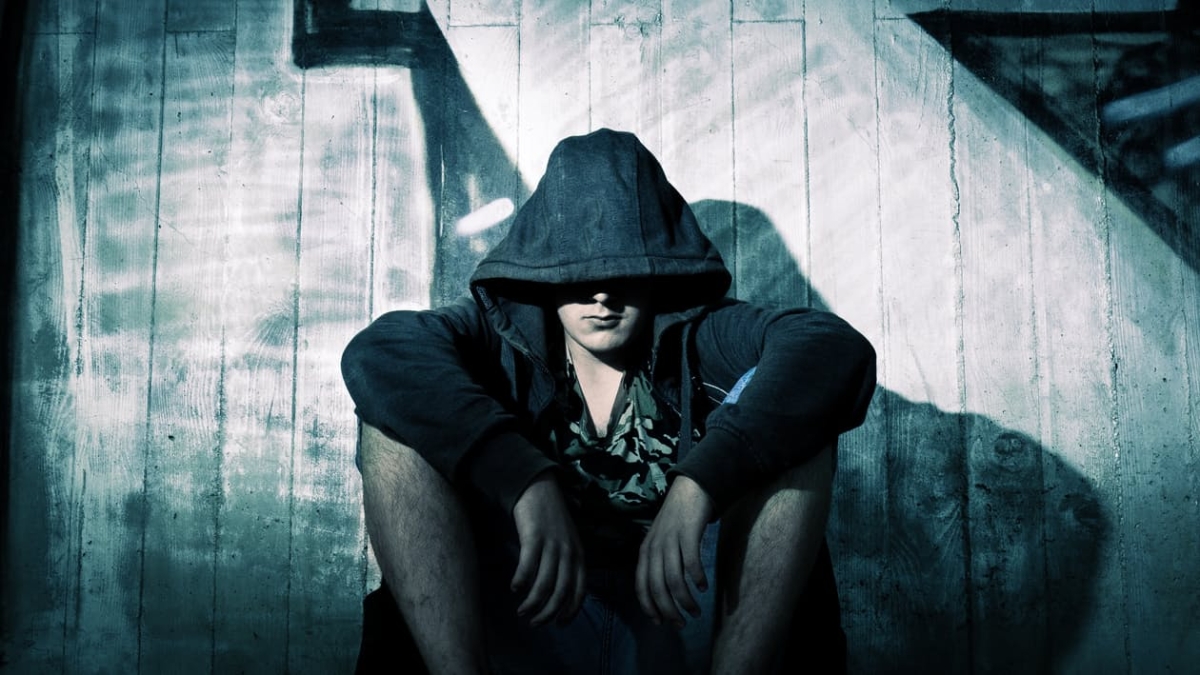Following a murder-suicide last year involving two suburban Phoenix high school students, it became apparent that there had been warning signs on social media that went unnoticed.
Hoping to make something positive of the tragedy, organizers of the inaugural #CareEnough to Get in the Way Conference, set to take place from 9 a.m. to 3 p.m. Thursday on ASU’s West campus, are calling on Valley youth to share ideas and solutions for creating safer environments by addressing issues such as bullying, cyberbullying and depression.
“We believe this student-driven program model has the potential to make a real difference, and can eventually be implemented state-wide,” organizers said in a statement.
The event, expected to be the largest youth conference ever held in Arizona, is being sponsored by ASU West.
To get an expert’s perspective on some of the issues, ASU Now chatted with two New College professors: Perla VargasPerla Vargas is an associate professor of psychology in the School of Social and Behavioral Sciences at ASU's New College of Interdisciplinary Arts and Sciences. and Deborah HallDeborah Hall is an assistant professor of psychology in the School of Social and Behavioral Sciences at ASU's New College of Interdisciplinary Arts and Sciences., who together have extensive experience researching the intersections of depression, bullying and the internet.
Perla Vargas
Question: Have rates of depression among adolescents gone up in recent years? What about rates of suicide?
Vargas: The estimated prevalence of depression for adults aged 18 to 25 is 9.3 percent.
The trends for depression for the 18- to 25-year-old group have been relatively stable from 2011 to 2014, but the prevalence for the 12- to 17-year-old group increased, from 9.1 percent in 2011 to 11.4 percent in 2014, with female adolescents having three times higher prevalence than males (17.3 percent vs. 5.7 percent).
About one-third of those with a diagnosis of major depression might be classified as severe. Of those with severe depression, approximately one-third report some suicidal behaviors (thoughts/plans), and approximately 10 percent report an attempt.
A worldwide study shows that the risk of first onset of suicide ideation increases sharply during adolescence and young adulthood; the 18-to-25 age group has the highest percentage of suicidal thoughts (7.5 percent) compared to the 26-and-older group.
Deborah Hall
Q: Do you know of any role that social media and the internet might play in rates of depression and suicide among adolescents?
Hall: Given that victims of cyberbullying may feel as though they’re unable to escape the bullying, that the “damage” is already done after a photo or video has been shared, or that they have no control over who witnesses the bullying and for how long the harmful information is available online, there is certainly the potential for heightened levels of depression and suicidality among victims of cyberbullying, in particular.
Interestingly, social media and the internet also have the potential to provide victims of cyberbullying (and traditional forms of bullying) with social support and access to critical resources for coping with depression and suicidal thoughts.
With increased awareness of cyberbullying, I am hopeful that the power of social media can be used to help combat the psychological consequences of all forms of bullying.
Q: What’s the difference between regular bullying and cyberbullying? Is one worse than the other?
Hall: There are a number of ways in which cyberbullying differs from more traditional, face-to-face forms of bullying.
For a victim, cyberbullying can be much more pervasive and seemingly permanent. Children and adolescents spend increasing amounts of time online and interacting through social media.
Whereas traditional bullying is typically limited to situations in which a bully can interact with a victim face-to-face — during the school day and on school grounds, for example — cyberbullying can take place at any time of day, and when the bully and victim are at home.
In other words, with cyberbullying there is no safe time or space.
Because an embarrassing photo or movie or degrading social media post can be shared instantly with a limitless number of peers, the victim has no control over who might witness the bullying or for how long embarrassing information may be accessible online.
Another difference between traditional bullying and cyberbullying is with respect to the perpetrators.
The perceived anonymity of online interactions can lead people to behave in ways that they would never behave in an actual face-to-face interaction. A basic example of this can be found in the “comments” section of just about any news article or blog post.
The degree of negativity is overwhelming, in large part, because people don’t feel personally accountable for their actions when online.
Online anonymity sets the stage for a broader range of children and teens to bully others and, as a result, there are interesting research findings to suggest that victims of cyberbullying are also somewhat more likely to report having cyberbullied others.
Although the research findings are mixed, the proportion of male vs. female adolescents who engage in cyberbullying seems to differ from gender-based patterns for traditional bullying — with some studies finding that female children and teens are more likely to engage in cyberbullying than in traditional forms of bullying.
Q: Is it common for adolescents who are depressed or contemplating suicide to display warning signs?
Vargas: Having a psychiatric diagnosis (i.e., ADHD, anxiety, substance use, depression, etc.) is the most common risk factor for suicide, particularly severe depression.
Fortunately, even in those cases, the probability of actual suicide is relatively low but remained about the same (higher among 45- to 64-year-olds), with some geographical variations (worst in the Western U.S.).
Q: What are some red flags of suicidal tendencies that friends, family and school administrators can look out for?
Vargas: Researchers talk about suicidal behaviors or suicidality, which include having suicidal thoughts, making a plan, conducting an attempt and finally completing it. It is not perfectly linear, but tends to escalate.
There are three times more suicide attempts by females than males.
Suicide deaths for males are 3.4 times higher than for females, probably because of the methods used.
There is no single cause to suicide. It most often occurs when stressors exceed current coping abilities of someone suffering from a mental health condition.
Something to look out for when concerned that a person may be suicidal is a change in behavior or the presence of entirely new behaviors. This is of sharpest concern if the new or changed behavior is related to a painful event, loss or change.
Most people who take their lives exhibit one or more warning signs, either through what they say or what they do.
Q: What should someone do if they think they’ve witnessed a warning sign?
Vargas: Trust your instinct; if you feel your friend sounds weird, stay with them, talk with them and check on them. Take it seriously and get them professional help if needed, such as that which is available through ASU Counseling Services or their 24-hour crisis hotline: 480-921-1006. You can also check out these pages on the American Foundation for Suicide Prevention’s website: Risk Factors and Warning Signs and Talk Saves Lives: An Introduction to Suicide Prevention.
More Health and medicine

College of Health Solutions alumnus named Military Medic of the Year
By Keri Hensley and Kimberly LinnJonathan Lu has looked out for the health of his fellow military service members his whole career, starting with his role as a combat medic in the U.S. Army.Driven by…

ASU, Mayo Clinic forge new health innovation program
Arizona State University is on a mission to drive innovations that will help people lead healthier lives and empower health care professionals to develop novel new health solutions. As part of that…

Innovative, fast-moving ventures emerge from Mayo Clinic and ASU summer residency program
By Georgann YaraIn a batting cage transformed into a custom pitching lab, tricked out with the latest in sports technology, Charles Leddon and his Mayo Clinic research teammates scrutinize the…


